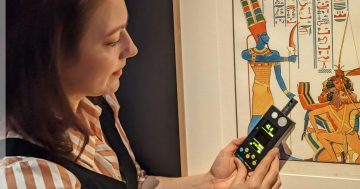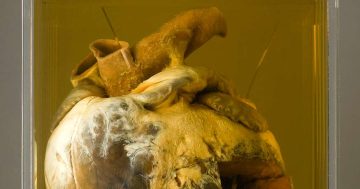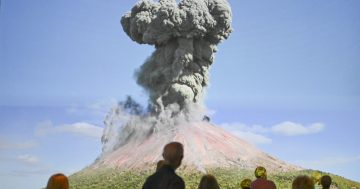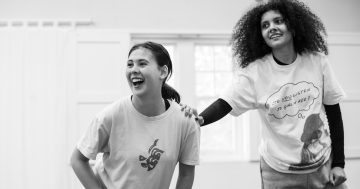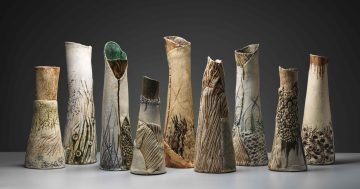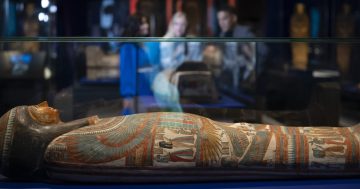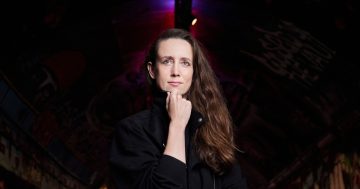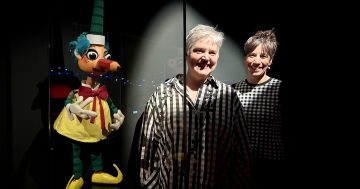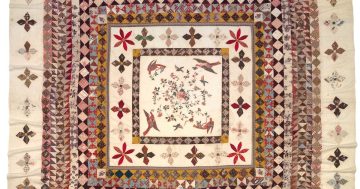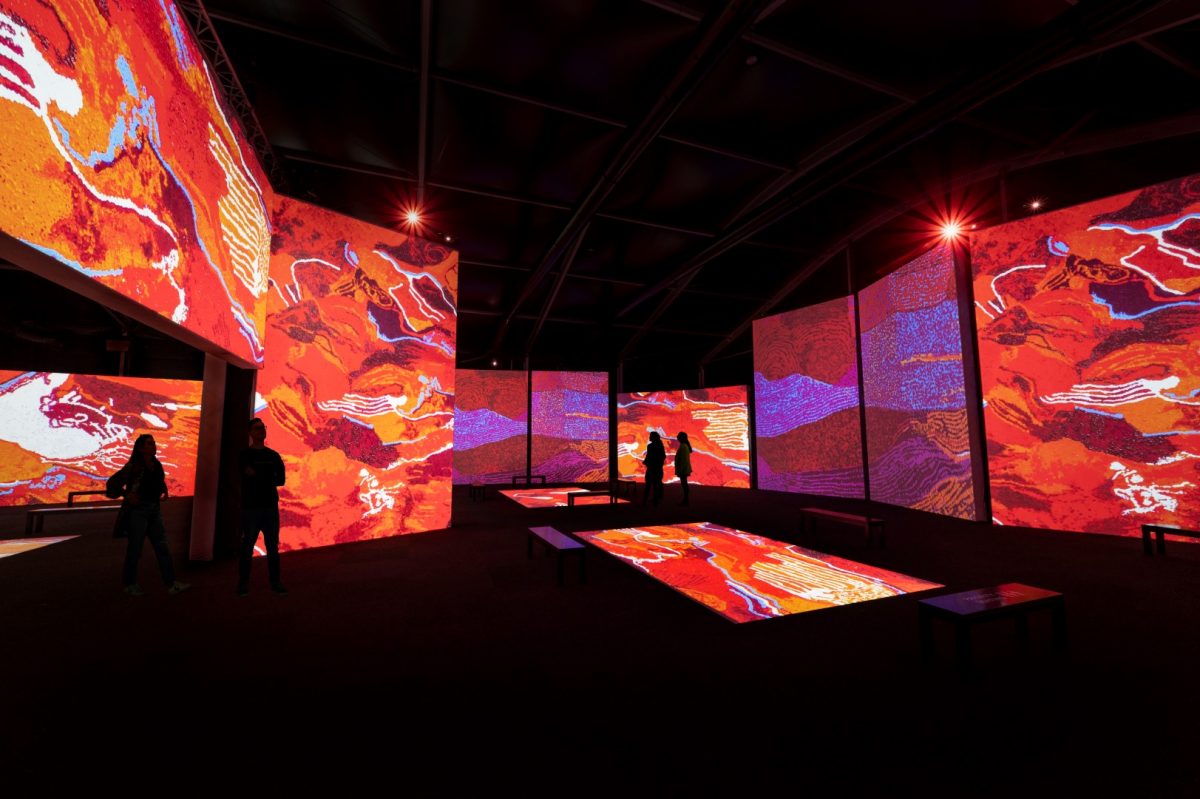
Welcome to the world premiere of a spectacular multi-sensory experience celebrating the spirit of Indigenous Australia. Photo: Grande Experiences.
What are Songlines?
“Visualise them as an intricate web of corridors or pathways of knowledge across a vast network that is the whole country, which links natural sites at the root of the ancestors who created the land.”
This powerful depiction comes courtesy of Margo Neale, head of the Indigenous Knowledges Curatorial Centre at the National Museum of Australia (NMA).
Grande Experiences, creators and producers of Van Gogh Alive, has partnered with the national museum to bring an immersive and multi-sensory spectacle to Canberra next month.
The world premiere of Connection: Songlines from Australia’s First Peoples celebrates the spirit of Indigenous Australia.
The captivating art experience provides an entry point into the universe of Songlines, which Margo says is an English term to capture the “land story” of Australia.
“Songlines explain creation, transmit cultural values and pass on knowledge laid down over millennia,” she says.
“It’s our Book of Genesis, our Iliad and Odyssey, our Gilgamesh and guide through life.
“Remember we (Aboriginal people) didn’t have a written language – our language was an oral one.”
Margo says don’t let the digitalisation fool you. Though some may be tempted to view dynamic displays as corrupting Aboriginal culture, in reality they play perfectly into the true nature of how it’s traditionally shared.
“People might say ‘this is untraditional’ but I can tell you, Aboriginal culture is primarily transmitted through performance,” she says.
“That’s how it has been passed on and remained alive for millennia – not through the written word or static works framed and hung on walls, but through performative elements.
“This experience – with its light, sounds, motion, voice, song – is in fact more closely aligned to how Aboriginal culture works than traditional exhibitions.”
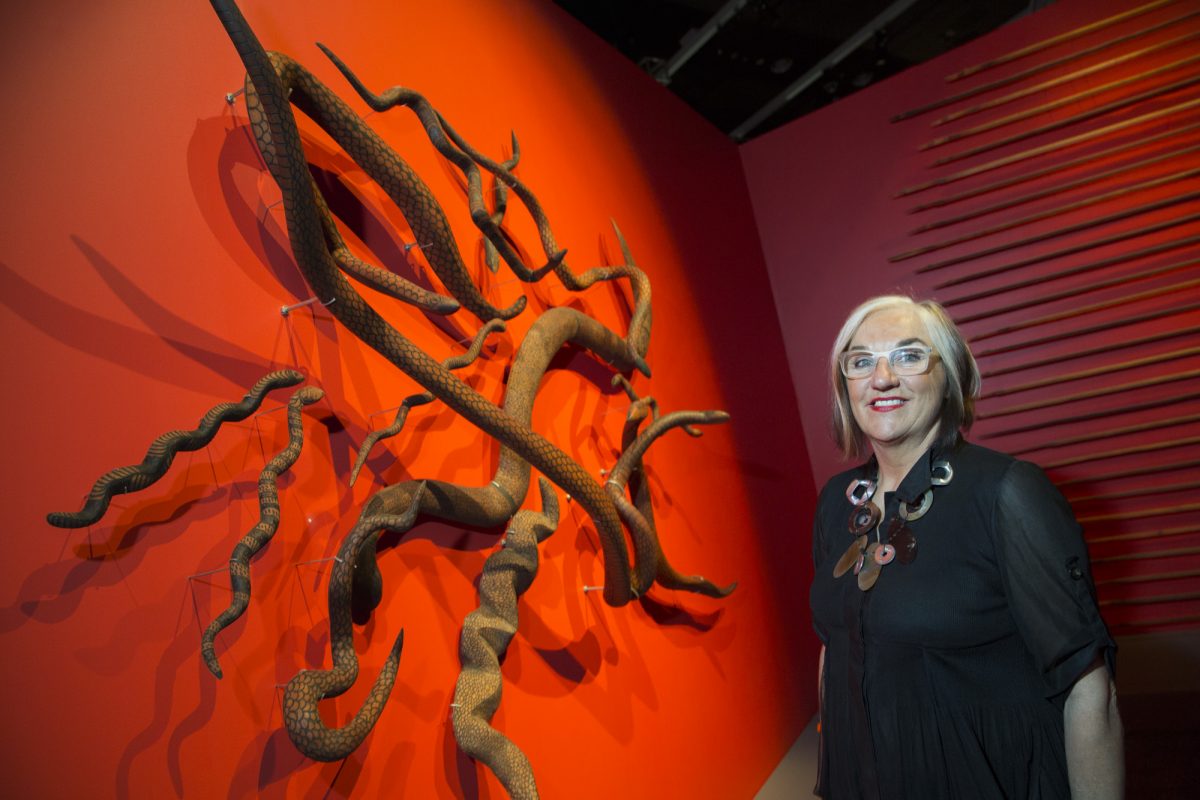
Margo Neale, consulting curator for Connection. Photo: NMA.
Visitors can expect 360-degree, large-scale projections and cutting-edge light and sound technology telling the rich story of Aboriginal culture and Country as never before.
Works from pioneers such as Emily Kame Kngwarreye will be seen alongside big names such as Rover Thomas while emerging Indigenous artists will also enjoy the spotlight.
Hundreds of vibrant images and soundscapes from 100 artists, predominantly from remote regions, will be curated into three sections termed ‘Sky Country’, ‘Land Country’ and ‘Water Country’ to create a symphony of sound, light and colour.
“It will be very evocative and stimulating and, in a word, breathtaking,” Margo says.
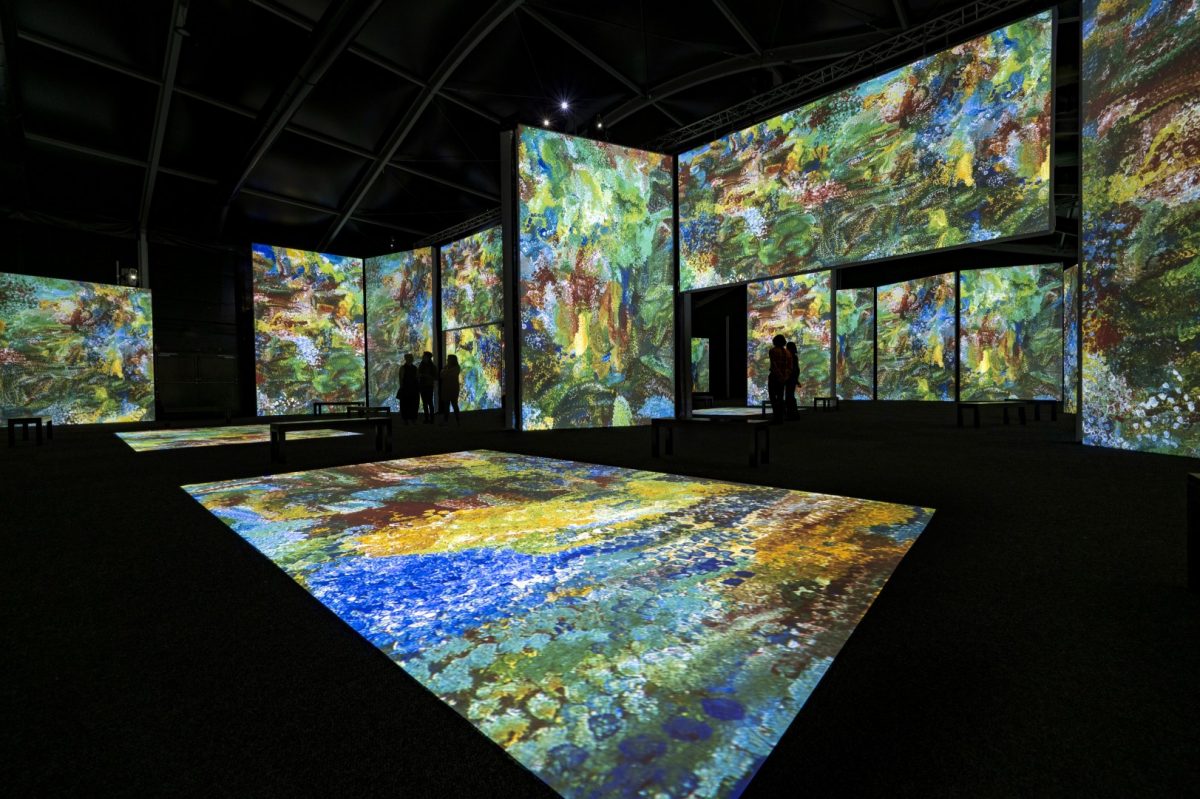
The ‘Land Country’ section forms part of the digital exhibition. Photo: Grande Experiences.
She says Connection will be an “opening conversation” in Indigenous art for many people, so it needs to be accessible.
“This is the 21st century and younger demographics inhabit the digital domain. If we want to expose them to Aboriginal art and culture, we need to meet with them there,” she says.
“Spectacles like this are not here to replace static exhibitions but complement traditional displays. But this kind of exhibition enables museums and galleries to appeal to a broader spectrum of people who wouldn’t necessarily seek out Aboriginal art or visit galleries in general.
“In a practical sense, it also allows us to stage the exhibition in more places so the artists and Indigenous culture get more exposure all around the world.”
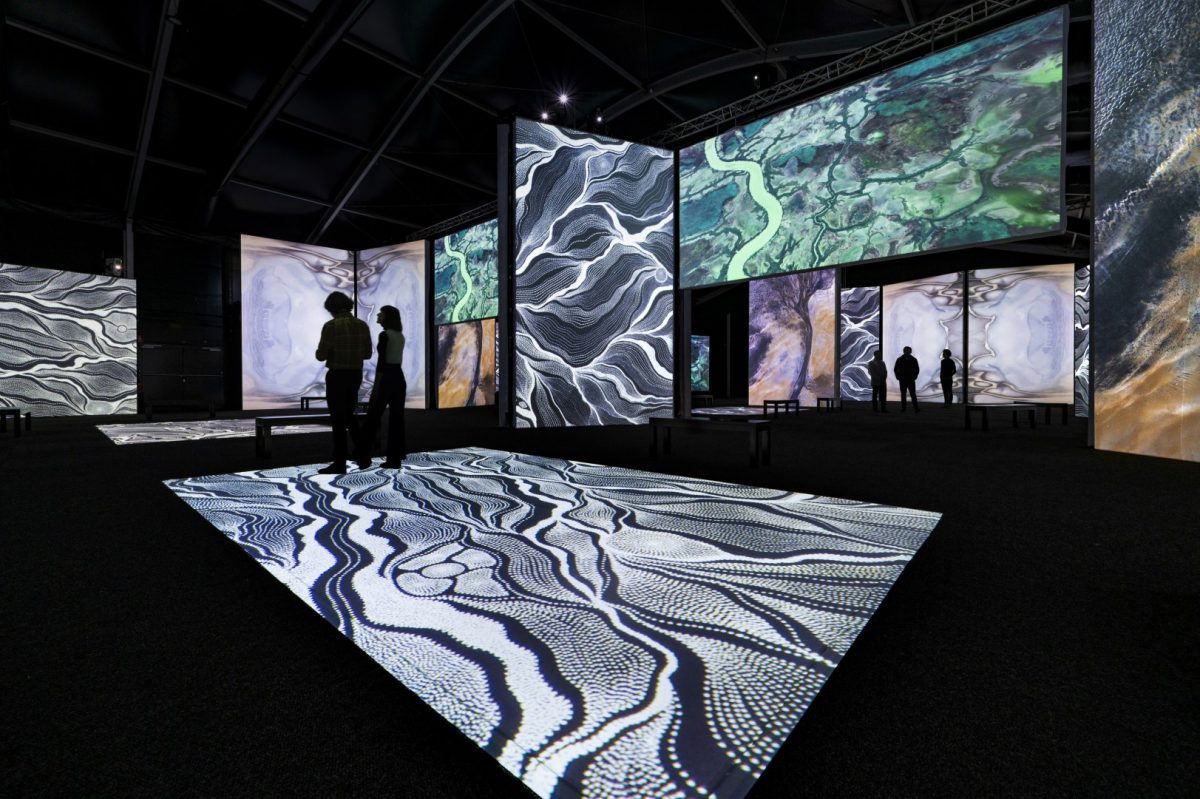
The ‘Water Country’ section forms part of the exhibition. Photo: Grande Experiences.
Margo hopes the exhibition will demonstrate that Songlines capture the epic chapters of the country’s ancient history.
“That’s something all Australians can take great pride in,” she says.
“I hope it will awaken the realisation for some that Australia has a history longer than 250 years old. And all these images are a part of that.”
Connection: Songlines from Australia’s First Peoples opens on 8 June. Visit National Museum of Australia to book tickets.
Original Article published by Dione David on Riotact.


